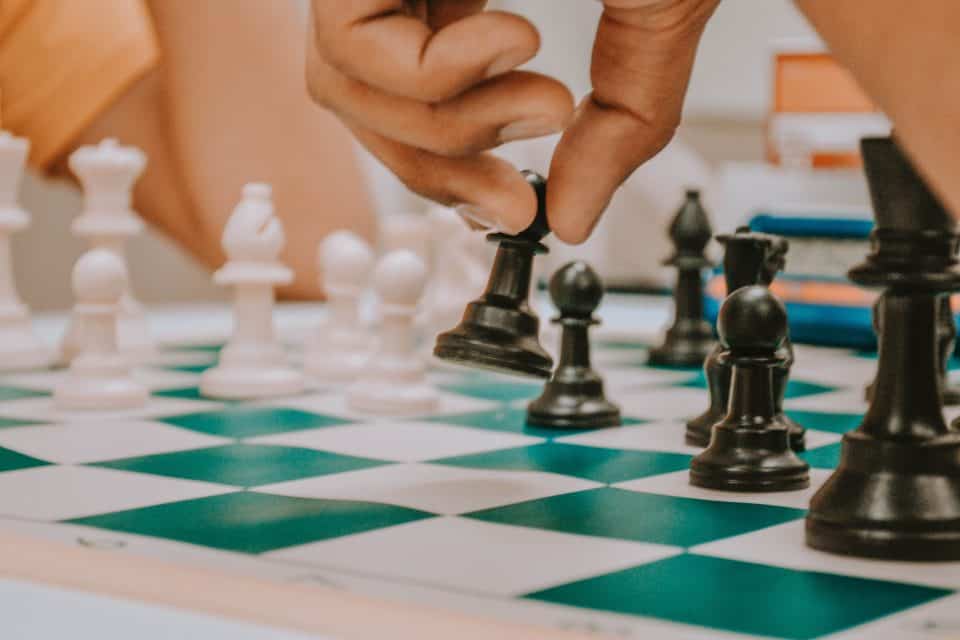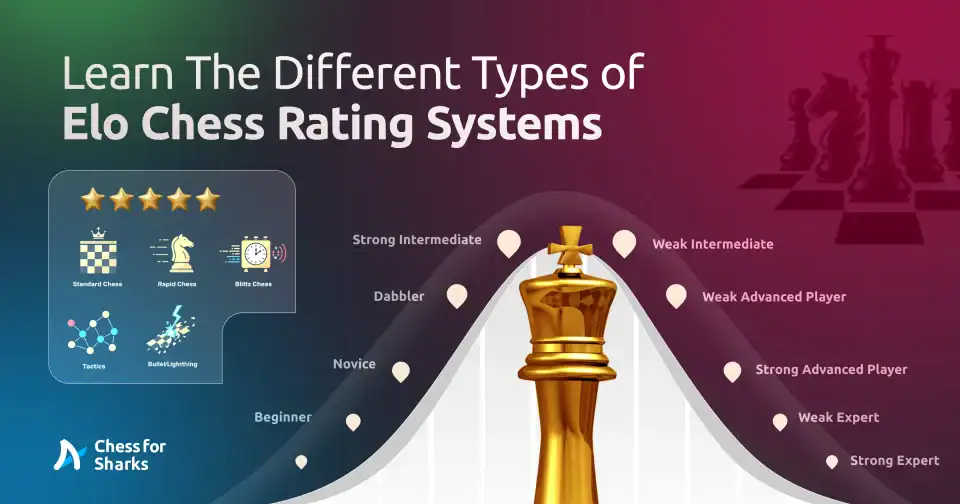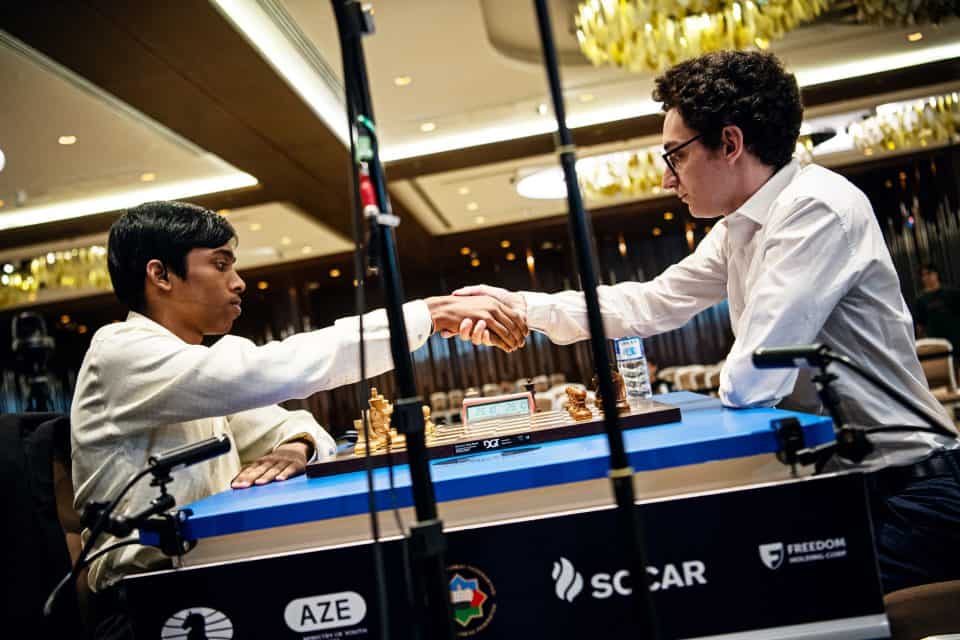Ever wondered why chess players are so hesitant to touch their pieces until they’re absolutely sure about their move? It’s because of something called the touch move rule.
The touch move rule in chess states that if a player touches one of their pieces, they must move that piece according to the rules of chess. You can’t touch a piece and then decide to move a different one instead.
The moment you touch any of your chess pieces, you have to move it. No take-backs allowed.
As a beginner, the touch move rule can seem harsh and unforgiving. But it’s an important part of what makes chess such a challenging game.
It forces you to think through all your possible moves carefully before physically moving your pieces. The touch-move rule prevents constant interruptions to redo moves and keeps the game flowing.
It also ensures fair play by not allowing players to touch pieces just to distract their opponent. While it may seem like an annoyance, the touch-move rule is key to the etiquette of the game.
What Counts As ‘Touching’ a Piece?
Any intentional physical contact with a piece counts as touching it. This includes:
- Picking up a piece from the board
- Sliding a piece to a new square
- Tapping or knocking over a piece
Accidentally brushing against a piece with your sleeve or knocking over pieces while reaching for another does not count as intentionally touching under the touch move rule.
The key factor is whether the contact with the piece was deliberate or not.
Exceptions to the Rule
There are a couple exceptions to the touch move rule:
- If no legal move exists for the touched piece, the player is free to move a different piece. For example, if a player touches their knight but it has no available moves, they can move a different piece.
- Players can adjust pieces on their own side of the board to center them on their square or turn them to face the proper direction. As long as the piece remains on the same square and you say “J’adoube”, this is allowed.
What is J’adoube?
“J’adoube” is a French term that means “I adjust” in English. It’s a phrase used in chess to inform your opponent that you’re adjusting your pieces on the board, not making a move.
You can also say “adjust” or “I adjust” instead of “J’adoube,” as it’s recognized worldwide as the same thing. This is important because if you’re playing against someone who doesn’t speak your language, they’ll still understand what you’re doing.
So, when should you use “J’adoube”? Well, sometimes pieces can get knocked down or moved accidentally during a game.
In these cases, you may want to adjust your pieces on their squares. The proper way to do this is to say “J’adoube” and then adjust your piece.
Remember, you should only adjust your pieces on your turn, not on your opponent’s turn. This will help you avoid any confusion or misunderstandings during the game.
History of the Touch Move Rule
The touch move rule dates back to the 15th century. As chess spread from the Middle East to Europe, the need for standard rules became clear. The touch move rule was established early on to avoid arguments over ambiguous moves.
Controversy and Debate Around the Rule
Proponents argue that the touch move rule promotes careful, strategic play. Players must think before touching a piece, as any touch obligates a move.
This prevents random, careless moves and encourages players to have a clear plan and reason for each move. The rule also prevents players from touching pieces simply to distract or annoy their opponent.
Any touch must have purpose and intent. Some believe that without this rule, players could touch various pieces to confuse the other player or test possible moves without commitment.
On the other hand, opponents argue the rule is too harsh, especially for new or amateur players. An accidental touch or brush of a piece immediately commits you to moving that piece, which could disrupt your strategy or plan.
The rule can also be disadvantageous for players with physical impairments like tremors that make it difficult to move pieces without accidentally touching others. These players may accidentally touch pieces they did not intend to move.
Concluding Thoughts
So, there you have it. Now you know all about the touch move rule in chess and how important it is to think before you reach out and grab that knight or bishop.
While it may seem like an annoying formality, the touch move rule adds an extra layer of strategy and caution to the game. It prevents players from touching pieces willy-nilly without consequence.
The next time you sit down for a game of chess, whether at your local park or an official tournament, keep in mind that once you touch a piece, you own it.
This allows you to get better at chess so if you do make a mistake, don’t sweat it too much. Learn from it and use that lesson to become a smarter player.







join the conversation